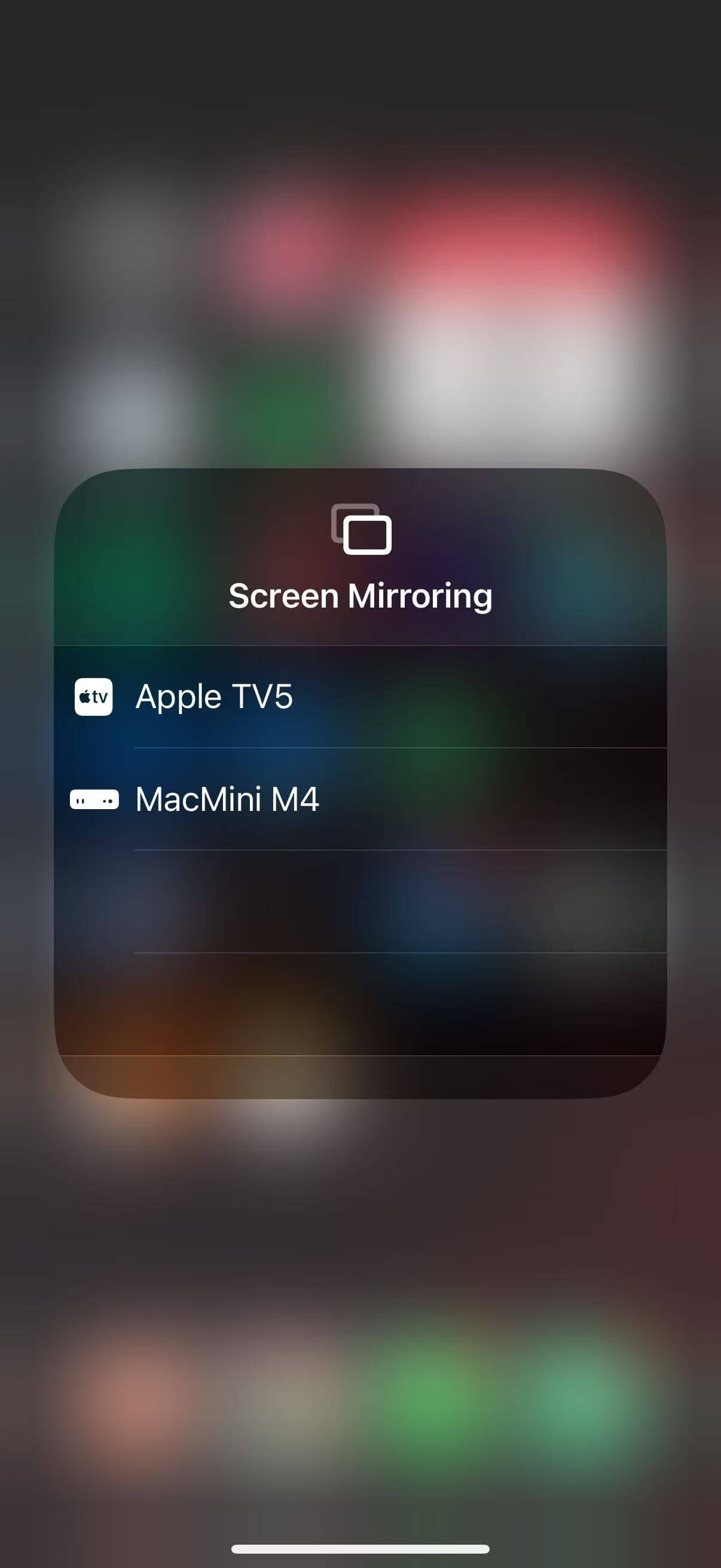Recently, family members asked how to mirror their phones to the TV. It seems many people still don’t know about this feature, so I’ll introduce various methods for mirroring mobile devices to TV and share my personal usage experience.
My Own Setup
Let me first talk about my own device situation.
- Apple TV
- Currently have the 5th generation, considering upgrading when the new one comes out this year.
- Philips TV
- Limited by budget constraints, haven’t upgraded to Sony yet. If buying a new TV, I would definitely
recommend Sony.
- Limited by budget constraints, haven’t upgraded to Sony yet. If buying a new TV, I would definitely
Current TVs generally come with smart systems (with heavy bloatware characteristics) that support wireless screen mirroring. Since I’m in the Apple ecosystem and Philips’ mirroring experience is quite uncomfortable, I use Apple TV as my main device for screen mirroring.
Daily Usage Scenarios
- When mirroring Apple ecosystem devices like iPhone or iPad, whether it’s mirroring or specific media like Youku videos, I simply select AirPlay, choose Apple TV, and both the TV and box automatically activate and enter mirroring mode. Mac works the same way, so sometimes I open Quark Cloud Drive on Mac to play resources, then AirPlay directly to ATV.
It’s that simple. If Android devices need to mirror to Apple TV, third-party apps are required. In that scenario, I directly use the TV’s smart system for mirroring since it’s also an Android system.
Common Screen Mirroring Methods
The above covers my personal devices and usage scenarios. Below I’ll introduce common mirroring methods, including non-Apple devices/ecosystems. Technically, there are 2 mirroring solutions.
- Wireless mirroring, such as using Xiaomi Box, Apple TV, or the TV’s built-in wireless mirroring function (TVs like Hisense, Huawei, etc. all support this).
- Wired mirroring, as long as the TV supports HDMI or Type-C interfaces, phones can connect to TV via data cable. For example, iPhone can connect to TV through Lightning to HDMI cable.
Note: Both HDMI/Type-C support audio and video transmission, only the ancient VGA interface doesn’t support audio transmission.
What if Traditional TVs Don’t Support Mirroring or Have Poor Mirroring Support?
- Replace the TV. For example, if you have a Huawei phone, purchasing a Huawei TV would naturally provide the best integrated experience. The same logic applies if you have a Xiaomi phone and buy a Xiaomi TV.
- If you don’t want to go the TV route, you can solve this with TV boxes like Xiaomi Box, Tmall Magic Box, Apple TV box, etc.
Movie Watching Approach - Screen Mirroring
Since screen mirroring can cast device resources, daily movie watching becomes more flexible. Here’s my commonly used approach:
- Add and save resources to Quark Cloud Drive
- Play videos from Quark Cloud Drive, wirelessly mirror to Apple TV.
This eliminates the need to download resources.
Note: I recommend Taobao 88VIP, which includes Quark Cloud Drive membership, solving speed and storage capacity issues.
Final Thoughts
Device screen mirroring to TV is a common need, and I recommend everyone give it a try.

